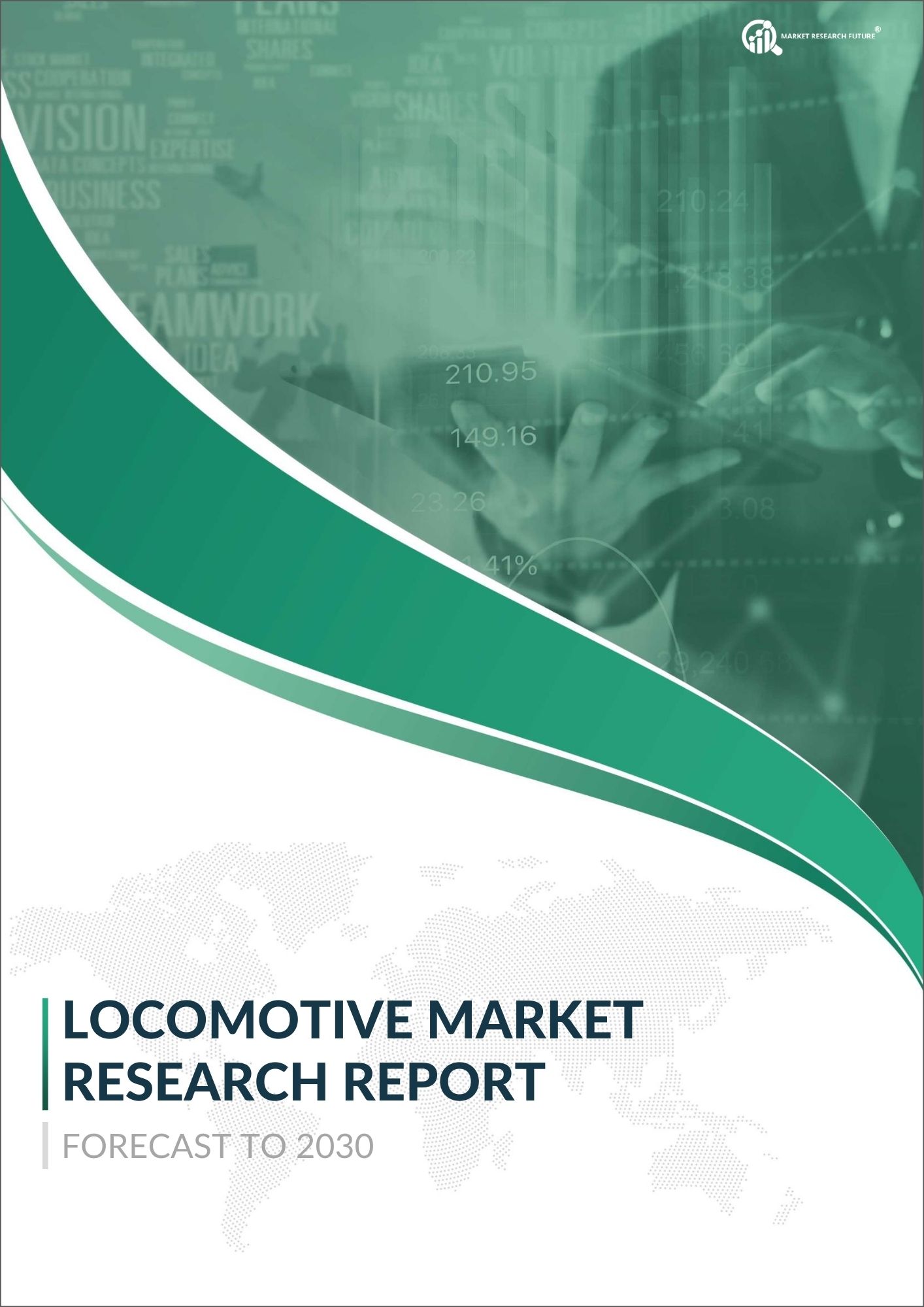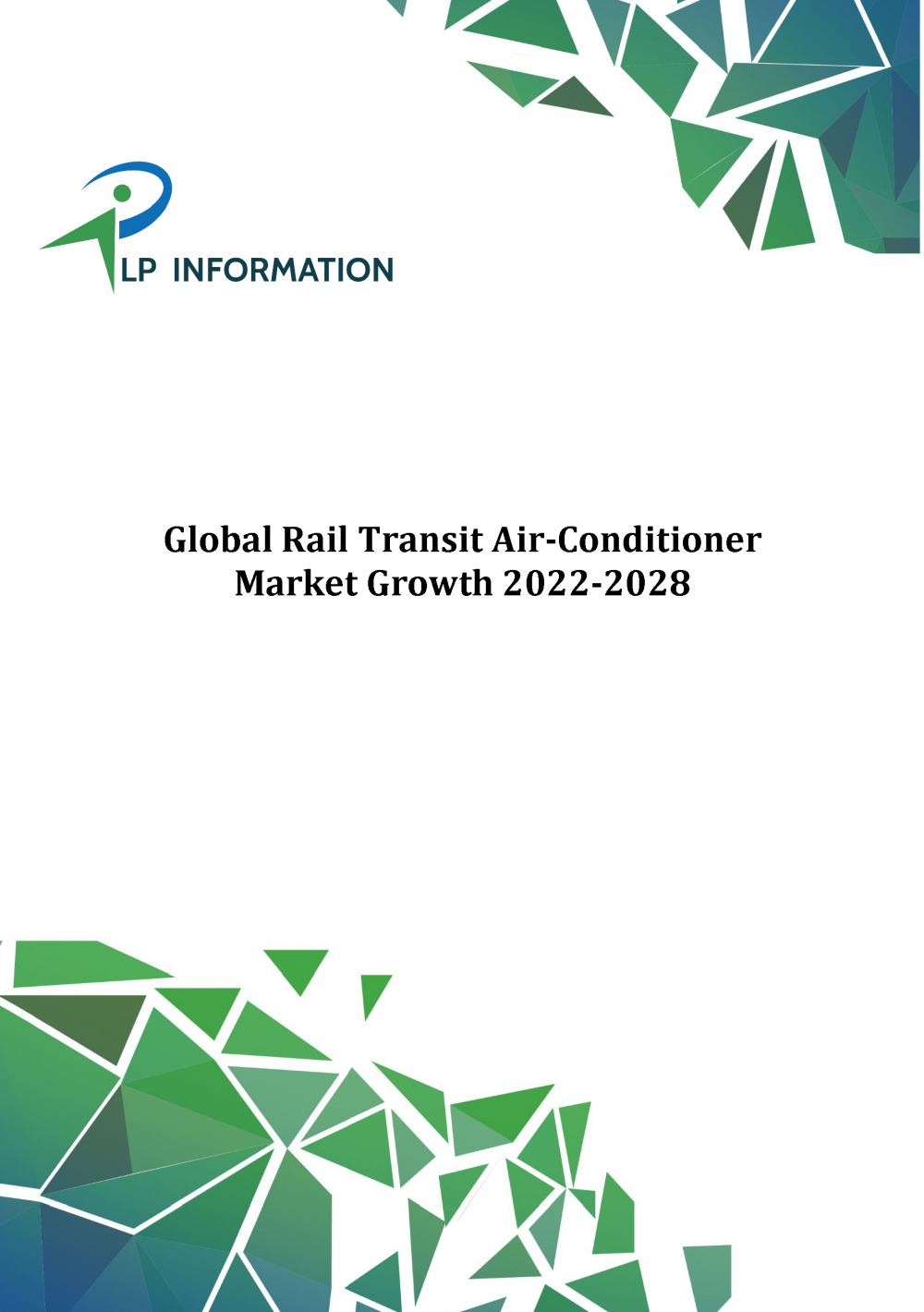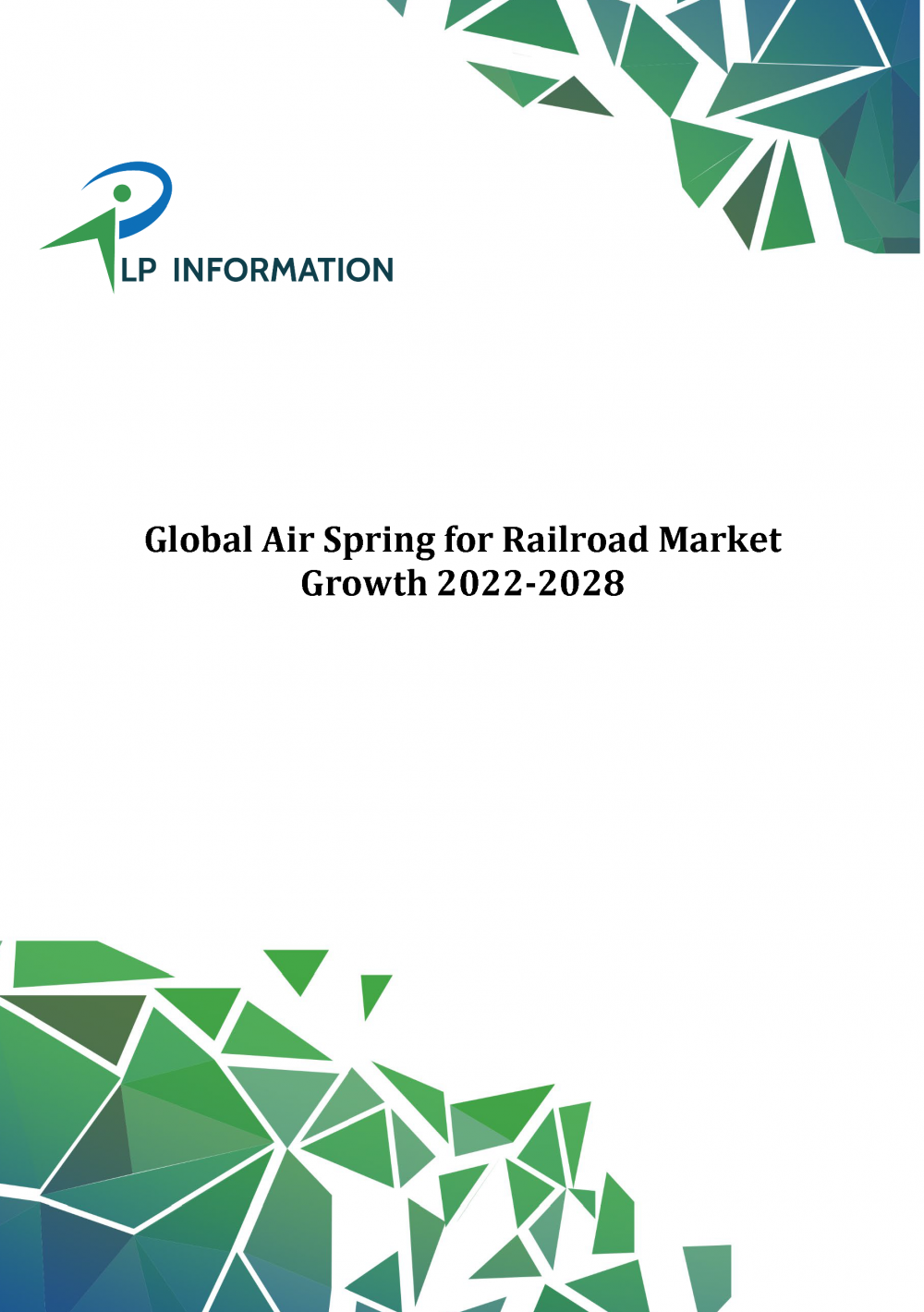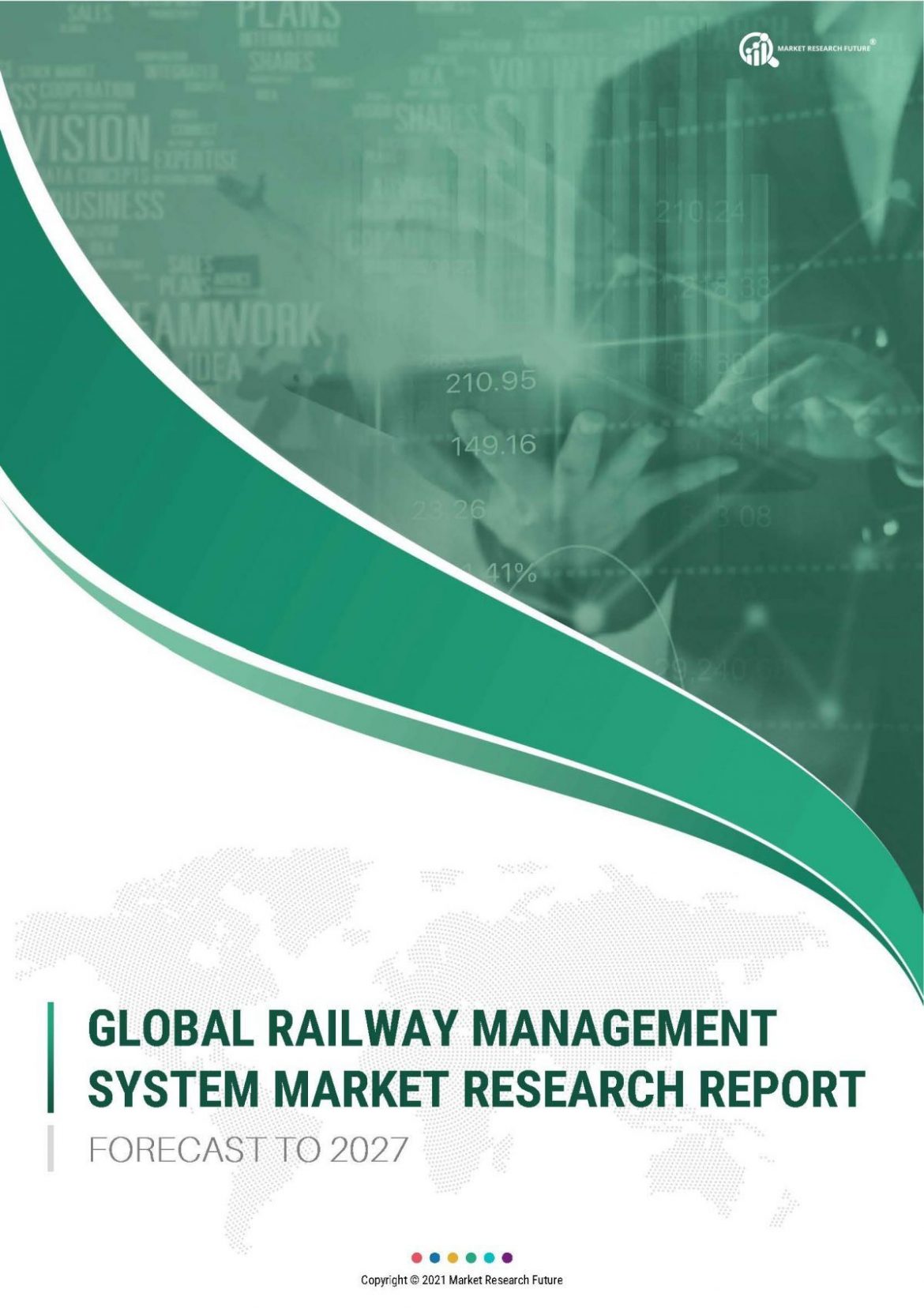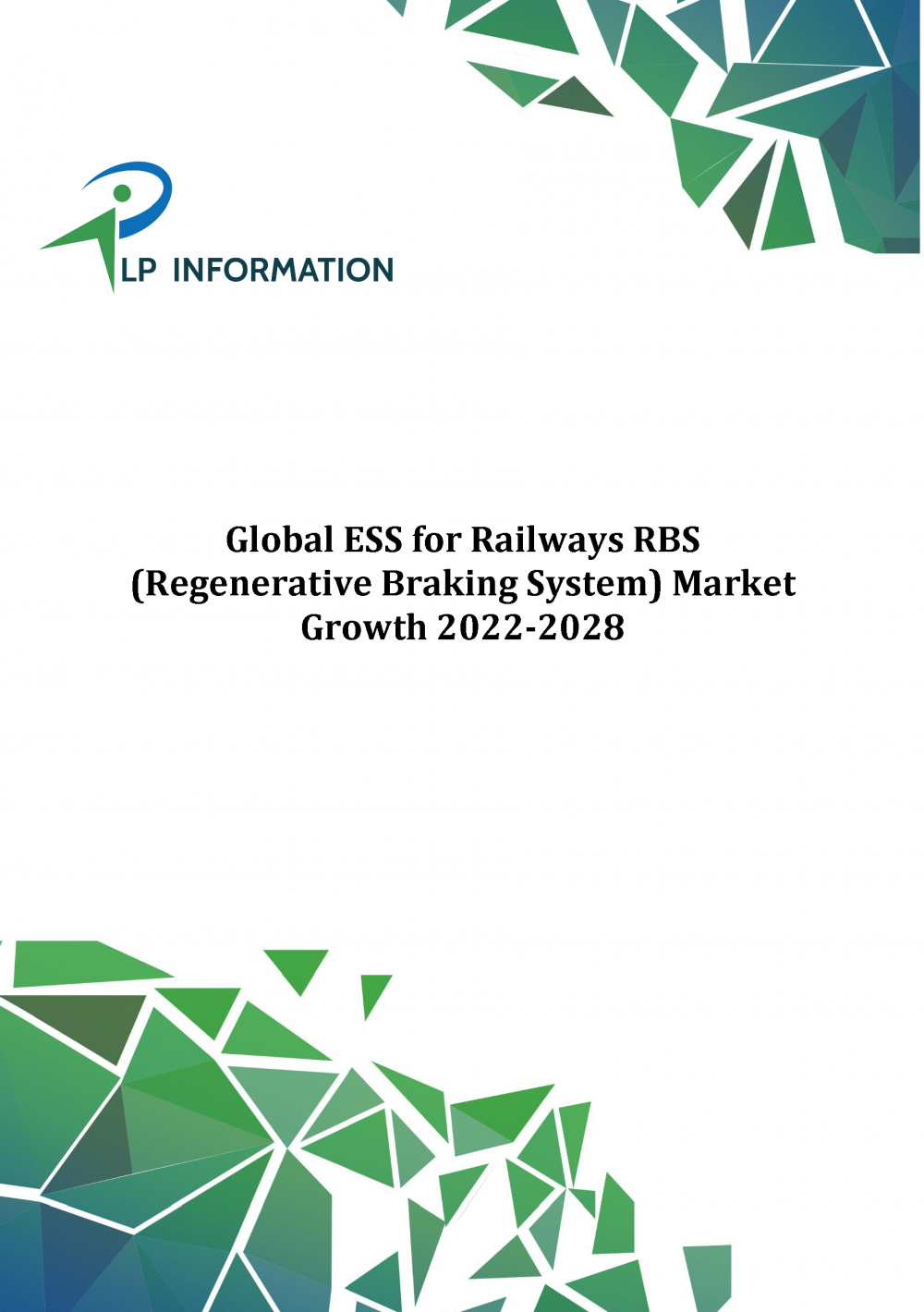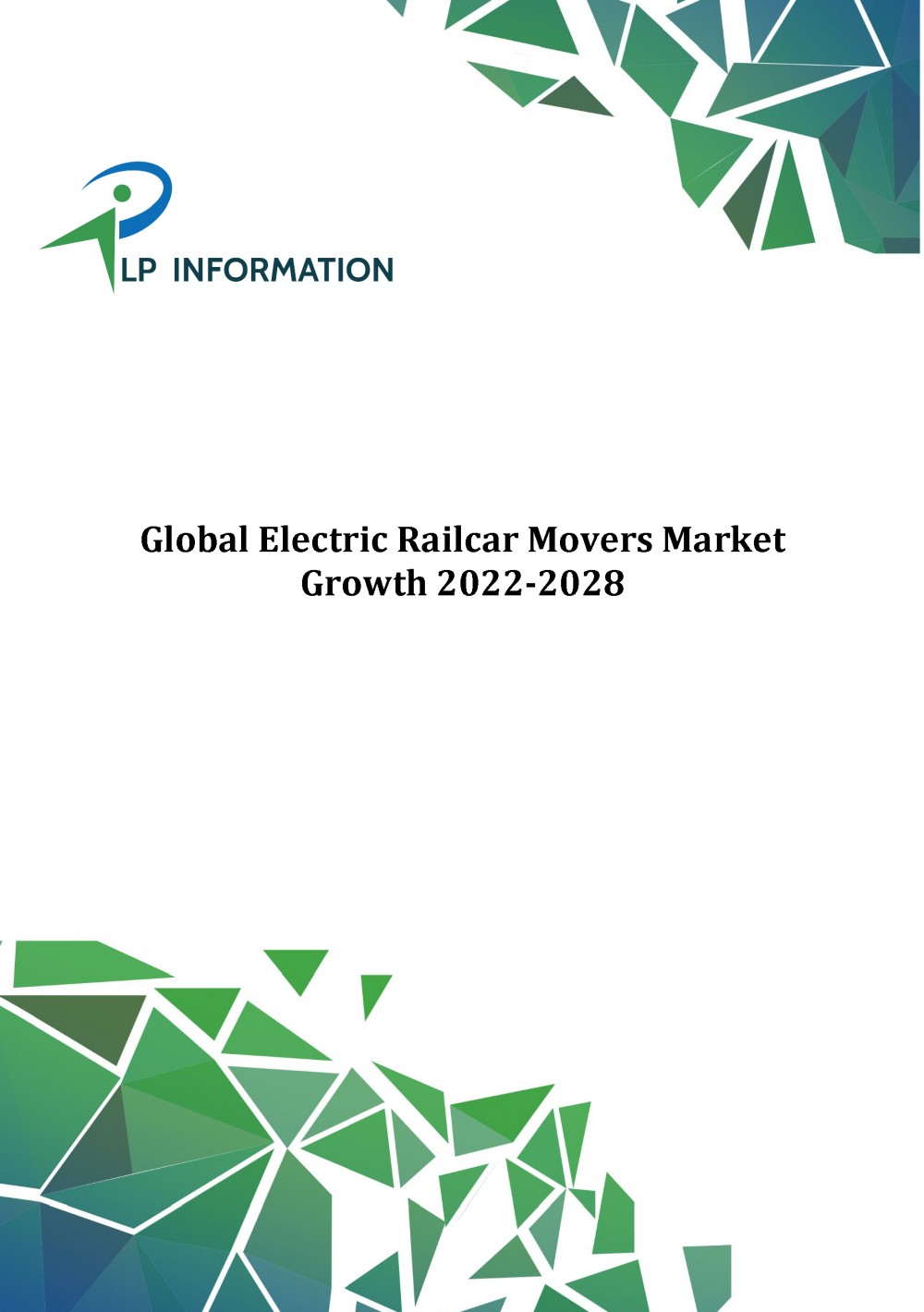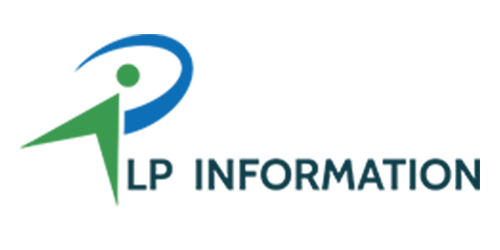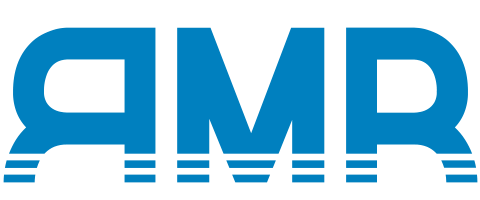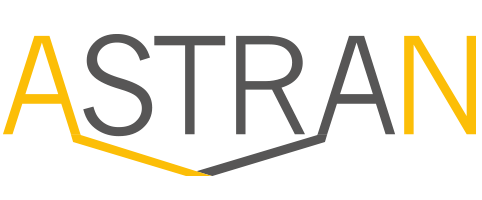Description
Locomotive Market Trends
Trains are pulled by locomotives, which are powered engines. The difference between a locomotive and low-power engines is their capacity to transport a payload. Large-scale investments are therefore essential rather than advantageous because pulling trains requires far more force than pulling other types of vehicles. Recent technical developments have enabled applications with greater pulling capacity and less fuel consumption for locomotive design and structure. The number of passengers it can carry is directly related to the enormous investment made in the railway industry. Numerous chances for business expansion will be presented by the massive rail networks seen in densely populated nations like India. Multiple large-scale businesses will start to appear, which will help the market expand. Governmental and commercial initiatives to create and use locomotives powered by electricity will result in market expansion. One of the top three producers of iron ore in the world, Rio Tinto, has contributed USD 518 million to the cause and has already started testing automated trains in order to fully establish the first heavy-haul rail network in the world. GE and Ansaldo STS are aiding in the development of these rail systems. For the business, Ansaldo has been creating an automated railway management system. With the system, Rio can operate autonomous trains on its rail network, saving more than $100 million yearly and doing away with the need for up to 500 drivers. Thus, this factor is driving the market CAGR.
Furthermore, automated transit systems called autonomous locomotives are controlled from a control station and run entirely without human intervention. These items convey people and cargo across short and vast distances. The main elements that support the intelligent movement of the autonomous engines within the designated cities and metros include a centralized control system that supervises all of the trains and a preset railway network and infrastructures. Long-distance autonomous transit systems use distinct technology to operate because they have a variety of sensors and self-driving algorithms built in. The autonomous products work with higher frequency to convey a big number of passengers and freight faster than road transport. As a result, it is anticipated that autonomous technology will set the standard in the world market. For instance, the Shcherbinka railway test ring near Moscow is where the Russian Railway Authorities put up the first trial to test the operation of the autonomous train. Automated Train Operation (ATO), which enables emergency stopping in the event of any track impediments, is installed on the train.
However, the demand for automobiles has risen exponentially over the past few years due to an increase in population, which has clogged highways with traffic. Numerous health issues, including back injuries, whiplash injuries, and stress-related issues, have been linked to the high prevalence of traffic congestion. Many rail projects are being developed in cities to facilitate convenient commuting, and the rail networks in many regions are growing more quickly. Additionally, people now prefer rail transportation more than ever because of rising automobile emissions, growing safety concerns, and rising need for shorter trips. Additionally, in order to meet the rising demand for public transportation, the legal authorities are investing in the development of high-speed trains and striving to expand the rail networks. These elements will fuel the growth of the locomotive market. Thus, it is anticipated that this aspect will accelerate locomotive market revenue globally.
Locomotive Type Insights
The Locomotive Market segmentation, based on module type is divided into Diesel, Electric and Others. The diesel segment dominated the locomotive market revenue in 2021 and is projected to be the faster-growing segment during the forecast period, 2022-2030. A diesel engine that provides propulsion makes up a diesel locomotive. Different sorts of diesel goods are being created, and they generally vary in terms of how well they can transfer mechanical energy to the wheels that are being driven. In order to power the engine, diesel fuel is kept in the fuel tank and supplied by an electric fuel pump.
Locomotive Technology Insights
The Locomotive Market segmentation has been segmented by technology into IGBT module, GTO thyristor and SiC module. The IGBT module segment dominated the market growth in 2021 and is projected to be the faster-growing segment during the forecast period, 2022-2030. due to the growing use of IGBT modules, which are lightweight, in the electrical and diesel train systems. IGBTs are frequently used for long-distance freight and passenger transportation. They have three terminals: collector, emitter, and gate.
Locomotive Component Insights
The Locomotive Market data has been segmented by component into Rectifier, Inverter, Traction Motor, Alternator and others. The traction motor segment dominated the market in 2021 and is projected to be the faster-growing segment during the forecast period, 2022-2030 related to the increasing efficiency of traction motors through loss reduction in locomotives. Reduced copper losses, harmonic losses, mechanical losses, and iron losses are all beneficial.
Locomotive Regional Insights
By region, the study provides the market insights into North America, Europe, Asia-Pacific, and the Rest of the World. The Asia Pacific locomotive market accounted for USD 6.1 billion in 2021 and is expected to exhibit a 43.90% CAGR during the study period due to increased rolling stock manufacturing and global rail infrastructure development, particularly in China, Japan, and India. Additionally, the region’s market is experiencing revenue growth due to growing road traffic congestion and rising government spending in advancing the rail network.
Further, the major countries studied in the market report are: The U.S., Canada, Germany, France, the UK, Italy, Spain, China, Japan, India, Australia, South Korea, and Brazil.
North America locomotive market accounts for the fastest growing market share due to the increasing use of autonomous and electric locomotives across the region, particularly in the United States and Canada. Utilizing battery electric power improves local air quality while lowering greenhouse gas emissions. Moreover, US locomotive market held the largest market share, and the Canada locomotive market was the fastest-growing market in this region
Europe locomotive market is expected to grow at a substantial CAGR from 2022 to 2030 due to the growing demand for electric vehicles for the decarbonization plan, particularly in Germany, France, Sweden, and the United Kingdom, and the development of the train infrastructure. Further, the UK locomotive market held the largest market share, and the Germany locomotive market was the fastest-growing market in the region.
Locomotive Key Market Players & Competitive Insights
Major market players are spending a lot on R&D to increase their product lines, which will help the locomotive industry grow even more. Market participants are also taking various strategic initiatives to grow their worldwide footprint, including new product launches, contractual agreements, mergers and acquisitions, increased investments, market developments and collaboration with other organizations. Competitors in the industry must offer cost-effective items to expand and survive in an increasingly competitive and rising market industry.
One of the primary business strategies manufacturers adopt in the global locomotive industry to benefit clients and expand the sector is manufacturing locally to reduce operating costs. In recent years, locomotive industry has provided medicine with some of the most significant benefits. The locomotive market major player such as CRRC Corporation Limited, AEG Power Solutions, Siemens AG, Alstom S.A, GE Transportation, Transmashholding, EMD Caterpillar, Kawasaki Heavy Industries, Stadler Rail and Bombardier Transportation.
Kawasaki Heavy Industries Ltd. is a Japanese public multinational corporation with headquarters in Chüo, Kobe and Minato, Tokyo, and produces motorcycles, engines, heavy equipment, aerospace and defense equipment, rolling stock, and ships. In May 2021, in North America, Kawasaki Heavy Industries introduced new information and communication technology-based remote track monitoring services. With this system, trackside efficiency is anticipated to increase and any abnormalities will be handled for the safety of trains and passengers.
Alstom is a French multinational company that manufactures rail transportation equipment and does business all over the world. It manufactures high-speed, suburban, regional, and urban trains along with trams, and it is active in the passenger transportation, signalling, and locomotive industries. In March 2020, as part of a USD 3.5 billion deal for 800 electric double-section locomotives agreed in 2015 with the Indian Ministry of Railways public-private partnership, Alstom SA has unveiled its first all-electric locomotive. In 2020, Alstom declares that it has signed an MoU for the acquisition of Bombardier Transportation with Bombardier Inc. and Caisse de dépôt et placement du Québec (“CDPQ”).
Locomotive Industry Developments
June 2021: General Motors (GM) and Wabtec Corporation established a partnership to create and market Ultium battery and HYDROTEC hydrogen fuel cell systems for Wabtec locomotives.
August 2021: In order to purchase the Thales Group company’s Ground Transportation System division, Hitachi Rail and the Thales Group agreed into an agreement. Through the expansion of its rail signalling systems business and the global advancement of its rail automation systems business, Hitachi Rail is anticipated to drive growth as a result of this agreement.
Report Scope
| Report Attribute/Metric | Details |
| Market Size 2021 | USD 13.9 Billion |
| Market Size 2022 | USD 15.5 Billion |
| Market Size 2030 | USD 33.5 Billion |
| Compound Annual Growth Rate (CAGR) | 11.61% (2022-2030) |
| Base Year | 2021 |
| Forecast Period | 2022-2030 |
| Historical Data | 2018 & 2020 |
| Forecast Units | Value (USD Billion) |
| Report Coverage | Revenue Forecast, Competitive Landscape, Growth Factors, and Trends |
| Segments Covered | Type, Technology, Component. and Region |
| Geographies Covered | North America, Europe, Asia Pacific, and Rest of the World |
| Countries Covered | The U.S, Canada, Germany, France, UK, Italy, Spain, China, Japan, India, Australia, South Korea, and Brazil |
| Key Companies Profiled | CRRC Corporation Limited, AEG Power Solutions, Siemens AG, Alstom S.A, GE Transportation, Transmashholding, EMD Caterpillar, Kawasaki Heavy Industries |
| Key Market Opportunities | Rising demand from electric locomotive projects |
| Key Market Dynamics | Utilizing more autonomous engines will help to accelerate market expansion Rapid population growth and increasing road congestion will spur market expansion |


